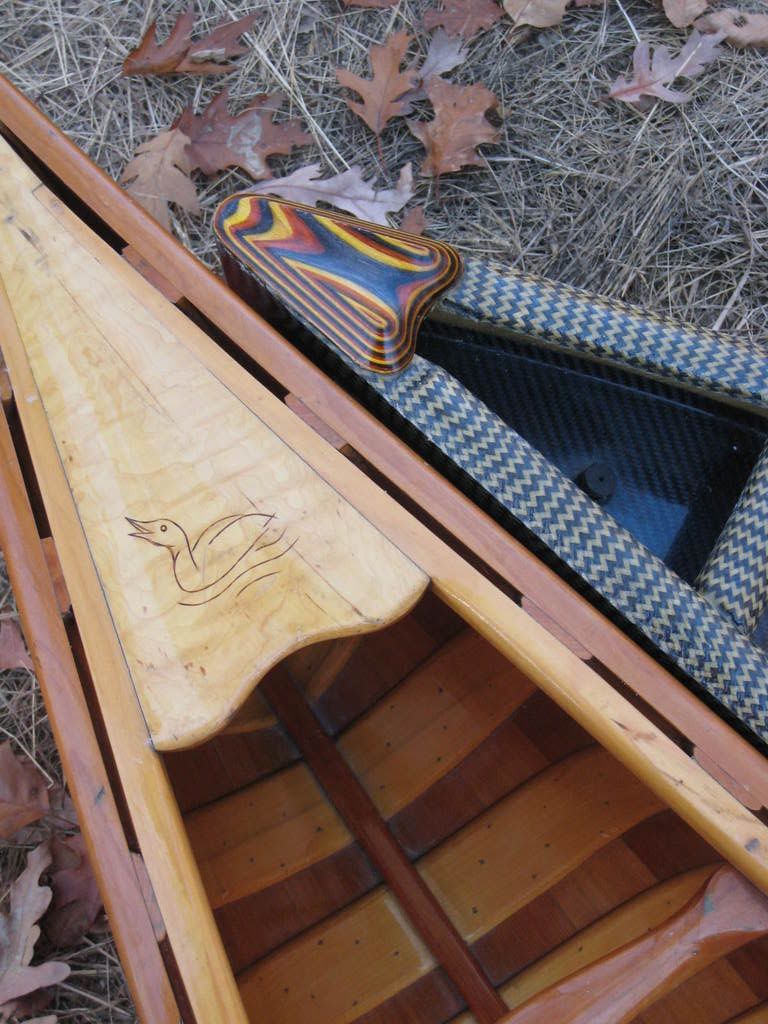There used to be a magazine called "Canoe", I stopped reading it when they added kayak to the title, not sure if they are still around. Last night I was reading the August 1991 issue again (it's nice to get old, you forget what you read and it's all new again )
)
They had a "Tips from the Field" section and one guy, John W. King from Topsfield, Mass. wrote in....
"I was canoeing up in northern Canada(cool ) using a canvas canoe rented from a local outfitter (I like this guy already) when much to my chagrin I managed to slice the bottom of the canoe, causing a minor but bothersome leak. (been there, done that
) using a canvas canoe rented from a local outfitter (I like this guy already) when much to my chagrin I managed to slice the bottom of the canoe, causing a minor but bothersome leak. (been there, done that ).
).
We did not have any patching material available so we resorted to dripping hot wax into the cut and then "ironing" it using a Sierra cup filled with hot coals (he carries a metal cup and burns campfires, again, my type of tripper ) This worked so well it lasted the whole trip!
) This worked so well it lasted the whole trip!
I am the worst at putting stem bands on my canoes, they never seem to hold up to tripping and always leak. Thanks to my new best friend John, I will be carrying a candle and be leak free.
They had a "Tips from the Field" section and one guy, John W. King from Topsfield, Mass. wrote in....
"I was canoeing up in northern Canada(cool
We did not have any patching material available so we resorted to dripping hot wax into the cut and then "ironing" it using a Sierra cup filled with hot coals (he carries a metal cup and burns campfires, again, my type of tripper
I am the worst at putting stem bands on my canoes, they never seem to hold up to tripping and always leak. Thanks to my new best friend John, I will be carrying a candle and be leak free.

